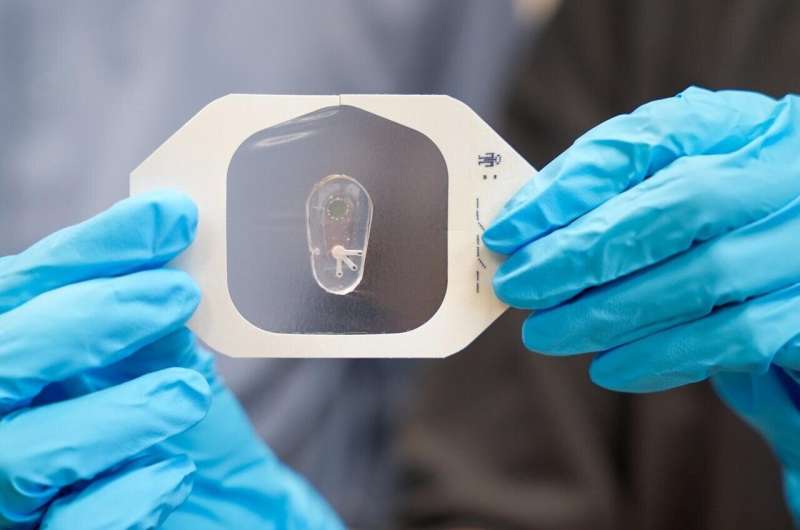A group of researchers at Penn State recently developed a wearable device capable of accurately tracking chloride ion levels in sweat, which is essential for evaluating hydration status and health conditions like cystic fibrosis and more. Their sensor allows for real-time tracking of an exercising person’s sweat through a hydrogel-based design that allows the device to operate with enhanced sensitivity, accuracy and efficiency, all while being reusable. Their research, available online, is set to publish in the November issue of Biosensors and Bioelectronics.
“The traditional method of measuring chloride ion levels is to go to a hospital and have the measurements taken, which is time consuming and expensive,” said Wanqing Zhang, a doctoral candidate in engineering science and mechanics and co-author of the paper.
“The wearable sensors we developed process sweat and track chloride ion levels in real time, directly on a subject’s body. This gives researchers a lot of information about an individual’s health and, specifically for this study, can identify the high chloride ion levels that signify the presence of cystic fibrosis.”

